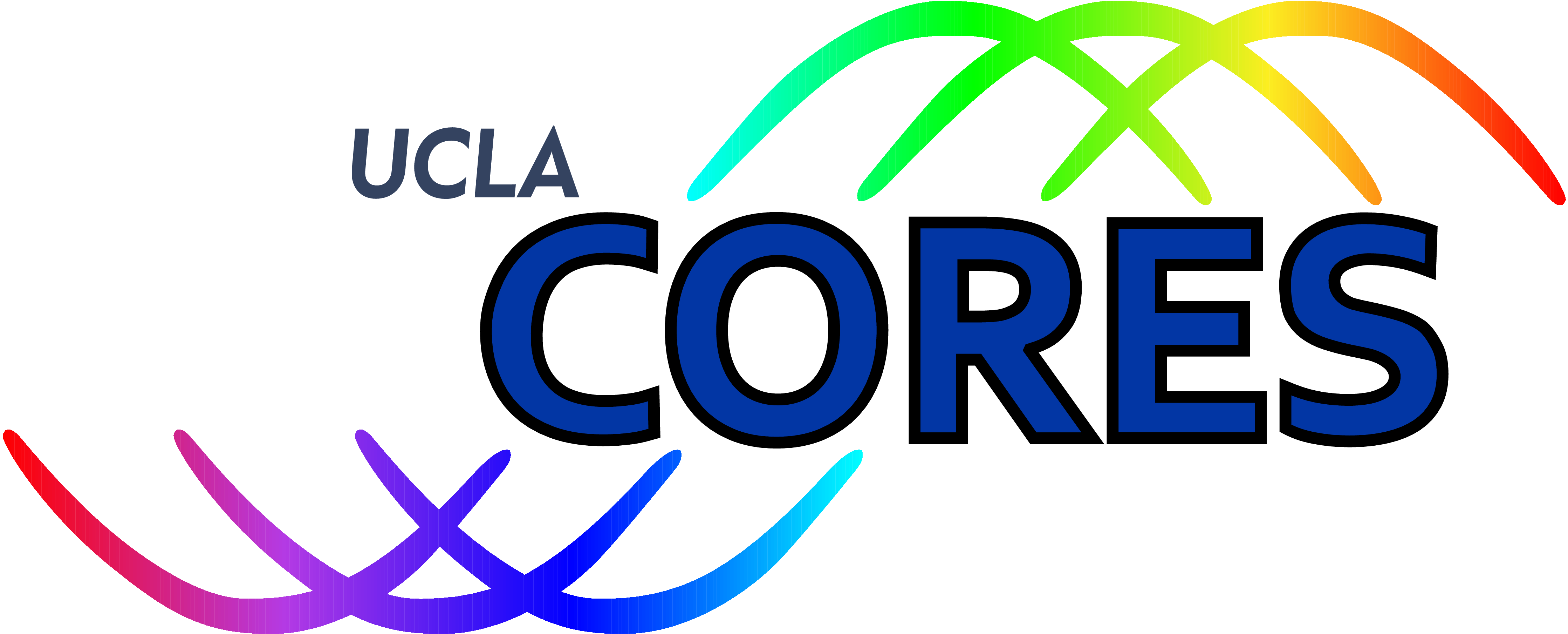
Cognitive Reconfigurable Embedded Systems Lab

Localization, Beamtraining and Subcarrier to Location Mapping for Near-Field Channels with TTD Arrays

Near-field beamforming enables beams to be targeted towards a given location, as opposed only to a given angle in traditional far-field beamforming. This capability can allow base stations to serve multiple users simultaneously, even if they are at the same radial angle [1]. This additional degree of freedom, however, increases the already prohibitive beam training overhead, requiring a search for both angles and distance for analog arrays [2]. Furthermore, near-field beam squint [2], where different subcarriers are directed towards different locations due to hardware limitations, necessitates a careful design approach.
In this project, we work on TTD arrays for near-field channels and have the following main research goals:
- Designing fast beam training algorithms with TTD analog arrays based on array partitioning and compressive sensing.
- Enabling subcarrier-to-location mapping to serve multiple users simultaneously with analog TTD arrays to achieve low latency and high throughput communication.
- Localization, tracking, and handover management for near-field channels
Principal Investigator
Danijela Cabric
Student/Staff
Ibrahim Pehlivan
References:
[1] Y. Liu, Z. Wang, J. Xu, C. Ouyang, X. Mu, and R. Schober, “Near-Field Communications: A Tutorial Review,” IEEE Open J. Commun. Soc., vol. 4, pp. 1999–2049, 2023, doi: 10.1109/OJCOMS.2023.3305583.
[2] M. Cui, L. Dai, Z. Wang, S. Zhou, and N. Ge, “Near-Field Rainbow: Wideband Beam Training for XL-MIMO,” IEEE Transactions on Wireless Communications, pp. 1–1, 2022, doi: 10.1109/TWC.2022.3222198.